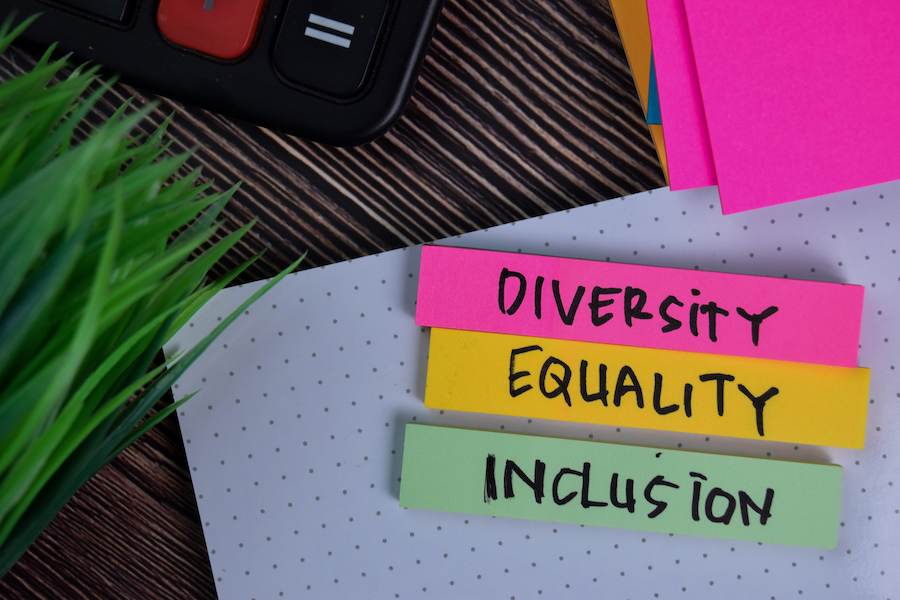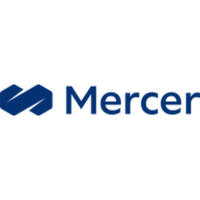The powerful case for strengthening diversity and inclusion

Although legislation for ethnicity pay reporting is still waiting in the wings, gender pay gap reporting is once-more back on the radar after a one year pause due to the pandemic. The latter, in particular, is spurring on employers to review and act on women’s progress within workforces.
Social pressure from the Black Lives Matter and #MeToo movements highlights the risks for companies that do not take equality seriously. In addition, expectations from stakeholders are that accountability for diversity and inclusion comes from the top. As such, diversity and inclusion are firmly on the boardroom agenda.
Unsurprisingly, given these external pressures, meeting diversity and inclusion targets is the top business challenge for firms, according to findings from our People risk: why the need for change is urgent (2021) research. However, many are focused on improving leave or pay for workers with caring responsibilities. Specific initiatives aimed at ethnic minorities and LGBTQ+ groups are less common. In part, this may be due to a critical barrier – a lack of data around inclusion that can be used to inform and shape a diversity strategy.
Iain Barton, head of reward, employee relations and inclusion at Aegon, points out that in many organisations the difficulty facing firms is that a lot of diversity remains hidden. He says: “We still don’t know what we don’t know.” He adds: “There is much focus on gender and there has been for some time, but despite that, progress in many organisations is frustratingly slow.”
So why is this? According to Barton: “Most organisations’ insight into other aspects of inclusion and diversity is much less sophisticated and is nowhere near as deep as it could or should be.” He says: “Encouraging employees to show their trust and volunteer sensitive data and then use it effectively to inform strategy is vitally important, but it is really difficult to do well and it takes time. In the meantime, ensuring we are taking forward the right strategies is a challenge.”
Reward and benefits to review through a diversity and inclusion lens
Without careful scrutiny there is enormous potential for bias and/or discrimination to creep into pay, pensions and benefits, affecting employee groups by gender, ethnicity, disability, age, sexuality and so on. HR teams need to question assumed norms to move towards inclusion.
Areas to examine include:
- Exclusions and benefits for all insurances
- Bias in financial wellbeing needs/ offerings, including pensions
- Maternity and paternity levels of pay
- Additional maternity and paternity leave
- Care provision/support (for child and elderly or disabled adults)
- Working parent support
- Benefits for families of employees
- Fertility support
- Menopause support
- Language used by suppliers and internally
- Methods of media communication used
- Seniority benefits/pensions for gender/ethnicity gaps
- Gender/ethnicity/disability pay gaps
- Gender/ethnicity/disability benefits gaps
- Gender/ethnicity/disability pensions gaps
- Networking events and social committees
- Recognition/bonus plans
- Platforms and apps design (including AI bias)
- Regional or head office-specific benefits
- Employee assistance programme coverage
- Who is able to work from home/flexibly.
This article is taken from the first of three reports in Mercer’s Transforming Engagement Series, which provide the context and practical steps needed to meet the challenge of transforming organisational culture into one that engages employees and reduces people risks.







